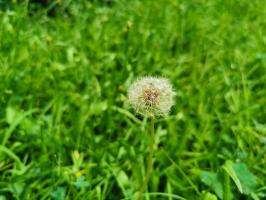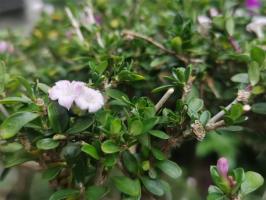What is a Chilled Water Plant?
A chilled water plant is a system that provides chilled water for cooling applications in commercial and industrial buildings. It is a central cooling system that utilizes water as a cooling agent, which is then distributed to various air handling units (AHUs) and cooling coils throughout the building.
How does a Chilled Water Plant Work?
A chilled water plant typically consists of four main components: the chiller, cooling tower, pumps, and control system. The chiller is the heart of the system, which cools down the water to the desired temperature. It works by circulating refrigerant through the evaporator, which absorbs heat from the water, and then discharging the heat outside through the condenser.
The cooling tower is responsible for removing heat from the water that has been circulated through the building. The hot water from the building is pumped to the cooling tower, where it is sprayed into the tower and exposed to the ambient air. As the water evaporates, it releases heat to the air and the cooled water is returned to the chiller to be cooled down again.
The pumps in a chilled water plant are used to pump the chilled water from the chiller to the AHUs and cooling coils throughout the building. These pumps have variable speed drives that can adjust the flow rate of the water to meet the changing cooling demands of the building.
The control system is responsible for monitoring and regulating the operation of the chilled water plant. It collects data from various sensors throughout the system and uses algorithms to optimize the performance of the chiller, pumps, and cooling tower. The control system can also be programmed to adjust the cooling setpoint based on occupancy schedules, weather conditions, or other factors.
Applications of Chilled Water Plants
Chilled water plants are used in a wide variety of applications, including office buildings, hospitals, data centers, and manufacturing facilities. Some of the common applications of chilled water plants are:
Comfort Cooling: Providing cooling for the occupants of a building to maintain a comfortable indoor environment.
Process Cooling: Providing cooling for the production processes in manufacturing facilities.
Data Centers: Providing cooling for server rooms and data centers to prevent equipment from overheating.
Food Processing: Providing cooling for food storage and production processes to maintain quality and safety.
Benefits of Chilled Water Plants
Chilled water plants offer several benefits over other types of cooling systems. Some of the key benefits of chilled water plants are:
Energy Efficiency: Chilled water plants can operate at higher efficiency levels than other cooling systems, resulting in lower energy consumption and operating costs.
Flexibility: Chilled water plants can be designed to meet the specific cooling requirements of a building or process, and can be easily modified or expanded as needed.
Reliability: Chilled water plants are designed with redundant components and backup systems to ensure uninterrupted cooling even in the event of a failure.
Reduced Maintenance: Chilled water plants require less maintenance than other cooling systems, resulting in lower maintenance costs and less downtime.
Conclusion
Chilled water plants are a highly efficient and reliable cooling system that are widely used in commercial and industrial buildings. By understanding how these systems work and the applications and benefits they offer, building owners and facility managers can make informed decisions about their cooling needs and choose the right system for their building.

 how many times do yo...
how many times do yo... how many planted tre...
how many planted tre... how many pine trees ...
how many pine trees ... how many pecan trees...
how many pecan trees... how many plants comp...
how many plants comp... how many plants can ...
how many plants can ... how many plants and ...
how many plants and ... how many pepper plan...
how many pepper plan...
































